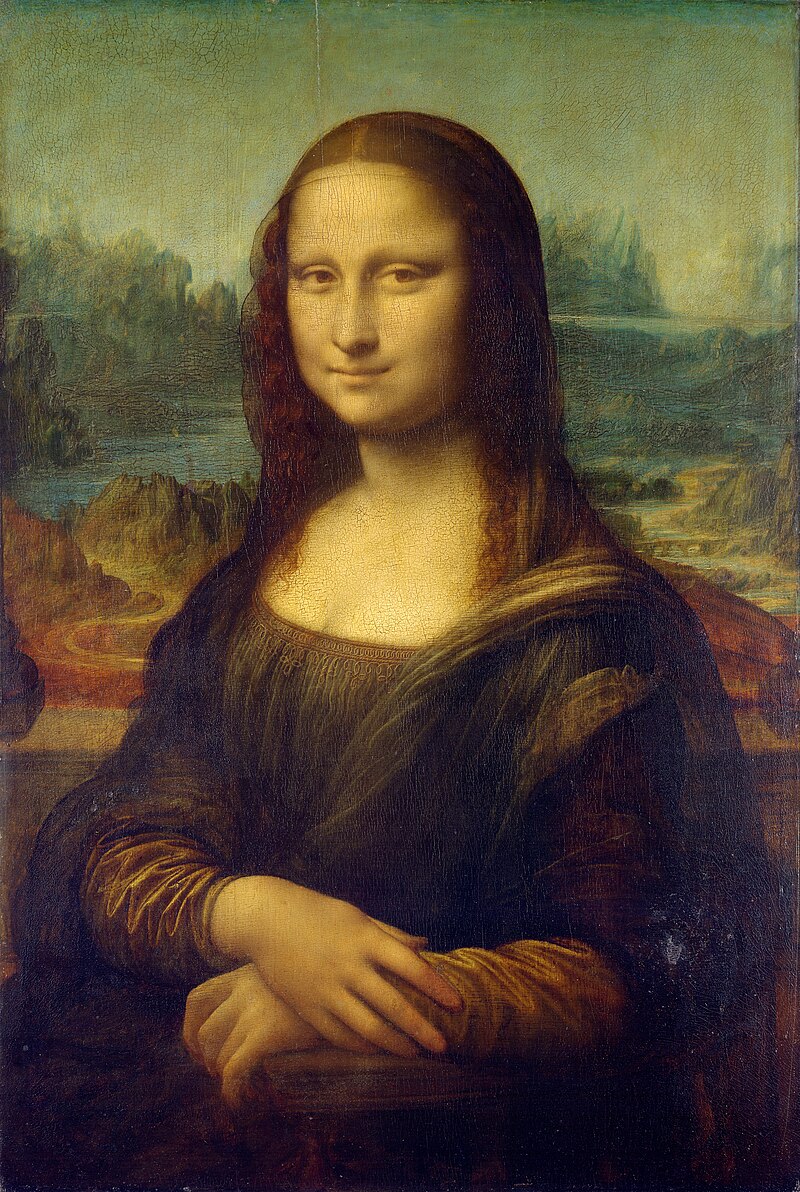Classical paintings have always been a significant part of art history, capturing the essence of different eras, cultures, and stories. These masterpieces have been admired and studied for centuries, each holding a unique place in the world of art. This article explores the top 10 famous classical paintings and delves into their fascinating histories.
1. Mona Lisa by Leonardo da Vinci

Date: 1503-1506
Location: Louvre Museum, Paris
The Mona Lisa, also known as La Gioconda, is one of the most recognized and admired paintings in the world. Painted by Leonardo da Vinci, this portrait of a woman with an enigmatic smile has intrigued art lovers for centuries. The painting’s fame is attributed to its detailed execution and the mysterious aura surrounding the subject’s identity.
2. The Last Supper by Leonardo da Vinci

Date: 1495-1498
Location: Santa Maria delle Grazie, Milan
The Last Supper depicts the moment Jesus announces that one of his disciples will betray him. This mural by Leonardo da Vinci is renowned for its composition and dramatic use of perspective. Despite its deterioration over time, it remains a masterpiece of Renaissance art.
3. The Starry Night by Vincent van Gogh

Date: 1889
Location: Museum of Modern Art, New York City
Vincent van Gogh’s The Starry Night captures a swirling night sky over a quiet town. Painted during his stay at the Saint-Paul-de-Mausole asylum, this work reflects van Gogh’s turbulent state of mind. The painting is celebrated for its vibrant colors and expressive brushwork.
4. The Persistence of Memory by Salvador Dalí

Date: 1931
Location: Museum of Modern Art, New York City
This iconic surrealist painting by Salvador Dalí features melting clocks in a dreamlike landscape. The Persistence of Memory is often interpreted as a meditation on the fluidity of time and space. Dalí’s meticulous technique and bizarre imagery make this painting a cornerstone of surrealist art.
5. Girl with a Pearl Earring by Johannes Vermeer

Date: 1665
Location: Mauritshuis, The Hague
Often referred to as the “Mona Lisa of the North,” Johannes Vermeer’s Girl with a Pearl Earring is a captivating portrait of a young woman adorned with an oversized pearl earring. The painting is celebrated for its intimate and realistic depiction, as well as the mysterious gaze of the subject.
6. The Birth of Venus by Sandro Botticelli

Date: 1484-1486
Location: Uffizi Gallery, Florence
The Birth of Venus is a hallmark of Renaissance art, depicting the goddess Venus emerging from the sea on a shell. Botticelli’s use of mythological themes and graceful figures exemplifies the artistic ideals of the time. The painting’s ethereal quality and intricate details have made it an enduring masterpiece.
7. The Scream by Edvard Munch

Date: 1893
Location: National Gallery and Munch Museum, Oslo
The Scream is one of the most iconic images in art, representing existential angst and despair. Edvard Munch’s use of swirling lines and vivid colors creates a haunting, otherworldly atmosphere. The painting is part of a series that explores themes of anxiety and human emotion.
8. The Night Watch by Rembrandt

Date: 1642
Location: Rijksmuseum, Amsterdam
The Night Watch, formally known as Militia Company of District II under the Command of Captain Frans Banninck Cocq, is a monumental painting by Rembrandt. It portrays a group of city guards in a dynamic and complex composition. The use of light and shadow in the painting highlights Rembrandt’s mastery.
9. Guernica by Pablo Picasso

Date: 1937
Location: Museo Reina Sofía, Madrid
Guernica is Picasso’s powerful response to the bombing of the Basque town of Guernica during the Spanish Civil War. The monochromatic painting is a chaotic and harrowing depiction of the horrors of war. Its scale and intensity make it one of Picasso’s most significant works and a poignant political statement.
10. The Creation of Adam by Michelangelo

Date: 1508-1512
Location: Sistine Chapel, Vatican City
The Creation of Adam is one of the most famous frescoes in the Sistine Chapel. Painted by Michelangelo, it depicts the biblical story of God giving life to Adam. The iconic image of the nearly touching hands has become a symbol of humanity and divinity. Michelangelo’s work on the Sistine Chapel ceiling is considered one of the greatest achievements in Western art.
Conclusion
These ten classical paintings are more than just artworks; they are historical documents that offer insight into the periods they were created in, the artists’ perspectives, and the cultural contexts they reflect. Each piece has left a lasting legacy and continues to inspire artists and art enthusiasts around the world. As we appreciate these masterpieces, we recognize the timeless beauty and profound impact of classical art.


